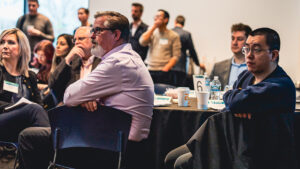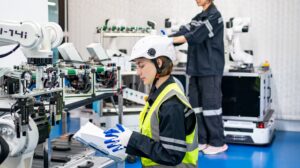Building the Human Infrastructure of Industry 4.0
1. Curriculum Convergence. Universities are collapsing silos between computer science, mechanical engineering, and business to produce graduates fluent in both code and production.
2. Applied AI Education. Academic programs are pivoting from theoretical AI models to industrial implementation—training students on predictive maintenance, digital twins, and secure data pipelines.
3. Cyber Literacy as Core Skill. Cybersecurity is no longer a niche discipline; it’s becoming a baseline requirement across engineering and IT curricula, reflecting its centrality to modern manufacturing.
4. Lifelong Learning Networks. Stackable credentials and micro-certifications are emerging as bridges for incumbent workers to reskill rapidly without leaving the workforce.
5. Ethics and Critical Thinking. Professors warn that AI proficiency must be paired with human judgment. “There are no shortcuts,” one participant noted—education must cultivate discernment, not dependence.
6. Partnerships Over Isolation. Joint research and co-op programs with manufacturers are replacing traditional academic isolation, aligning lab innovation with shop-floor application.
7. Inclusion in the Talent Pipeline. Expanding STEM access—especially for community colleges and underrepresented groups—is seen as essential to filling the two million manufacturing jobs projected to go unfilled by 2033.










